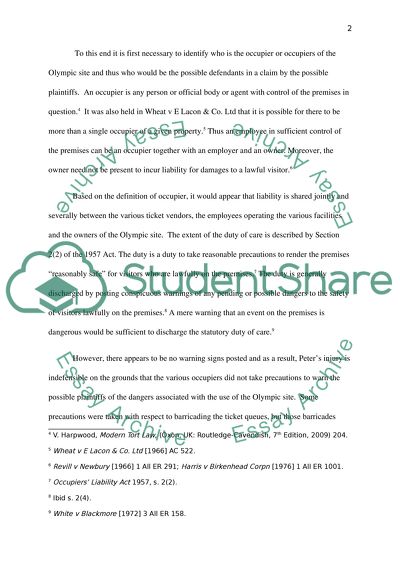Cite this document
(“Injuries and losses during the 2012 Olympics Essay”, n.d.)
Retrieved from https://studentshare.org/law/1394366-injuries-and-losses-during-the-2012-olympics
Retrieved from https://studentshare.org/law/1394366-injuries-and-losses-during-the-2012-olympics
(Injuries and Losses During the 2012 Olympics Essay)
https://studentshare.org/law/1394366-injuries-and-losses-during-the-2012-olympics.
https://studentshare.org/law/1394366-injuries-and-losses-during-the-2012-olympics.
“Injuries and Losses During the 2012 Olympics Essay”, n.d. https://studentshare.org/law/1394366-injuries-and-losses-during-the-2012-olympics.


